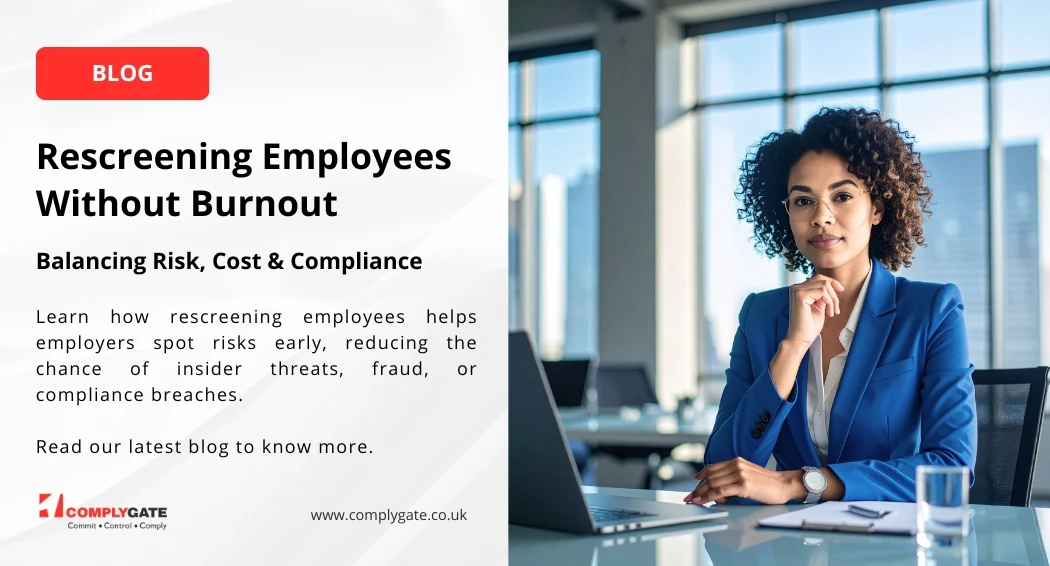How to effectively manage your Hybrid Workforce Best Practices
This pandemic of coronavirus has drastically changed the work environment, and it's difficult to predict when it will address normal. So, the mixed style of working, with a combination of working in the office and remote working, will persist the identical in these hybrid structure.
This hybrid approach is expected to substitute traditional workplace standards, transforming how businesses manage their resources, workers, and, as a result, the user experience.
Most firms had restricted work-from-home strategies prior to the Covid-19 pandemic. However, the remote workplace has disclosed unanticipated operational savings, which many businesses wish to keep and develop in order to enhance talent and promote financial growth. Apart from that, the industry's possibility has been constrained by its limited staff or manpower structure.
For a transition to this hybrid model, organizations must examine these four key areas:
Leadership Engagement
Like how to authorize leaders to encourage connections and grow their team. Regulate individual and team performance effectively. Need to create an environment of participation and possession.
Handling Talent
Such as, how to figure out the proper talent for carrier opportunities and for the organizational growth. Encourage impressive learning to reinforce the skill of workforce. Rewards and recognition, for the performance should be there.
Employee Experience
How can we upgrade our working team to be efficient and adaptable. The shaping of employee experience is incredibly important. Always implement new approaches of learning can be aided by technology.
Capability and Proactiveness
How will we know that organization is prepared to create the move to a fresh change and its adoption must value agile workforce in a company.
Forming a Successful Hybrid Workforce
We'll move on with the implementation after we've determined what measures should be taken.
The organisation must take a comprehensive approach that is aligned with the goal and reshapes the desired corporate culture and employee skill.
It is critical to implement various learning and talent programmes that support the new style of working. Identifying, prioritising, and continually improving talent using the agile people strategy framework.
In both, conventional and hybrid workforce environments, organisational and HR solutions may assist in providing great business outcomes and support the requirement for an optimal employee experience.
These are some important practices we will introduce for the effective system of hybrid workforce:
1.Make the Simplest Use of Current Experience
We’re all familiar with the notion of flexible work by now, and we realize that work cannot always be tied to a specific location or time. Most teams would have had plenty of practise accommodating conflicting meeting schedules, geographical zone gaps, and home disruptions.
When we use irregular lines of communication like email, slack, and Google Doc comments, we can transform a hybrid team structure into a clear, wide range of information. The only way to reach the desired objective is to believe in the current team and their commitments to a fruitful route.
2.Establish and remain Objective
Because the future of work is shifting toward a virtual structure or format, it’s important for leaders to effectively connect with their hybrid teams to ensure a smooth and productive return to the office. While the notion of flexible work may appeal to everybody, it’s critical to keep everybody on the same path.
Consider taking the opportunity to address any adaptable changes that will occur, as well as how meetings would be handled, communication skills, and how you will be able to ensure that everyone receives the same information. (Whether they are in office or working remotely).
It is also crucial to learn how individual employees see structuring or reworking their hours for the benefit of everybody. It’s critical to have open and honest talks about these expectations, and making changes as needed.
3. Involve Employees within the Planning Process.
It might not make sense to create a distinct HR strategy for yourself and expect everyone to follow your instructions. Instead, create a clear boundary between personnel and, as a result, the broader picture.
Engage people in the process, regardless of whether they work from home, in an office, or both, and create venues for their opinions to be heard. Engage with employees in an individual's management style. This might be accomplished through surveys, virtual team brainstorming sessions, or one-on-one meetings to get comments and ideas.
Whatever the approach or plan you choose, make sure there is openness throughout the process and keep your team informed as much as possible. Engage early and communicate frequently.
4. Seek for the Factors Outside your Control
Factors outside your control will have an influence on your team and your company. For one thing, we have no idea what the post-COVID reality will look like, or what additional difficulties may develop as we go from one end of the pandemic to the other.
Employees were obliged to embrace the new modification with the onset of the epidemic, which was either bad or lucky. Apart from that, government laws were constantly changing, making it difficult to make decisions.
Other obstacles might include transportation infrastructure or limits on day-care availability, both of which could hinder your employees from returning to work in a usual manner. As a leader, it is your responsibility to incorporate these facts into a return-to-work plan and manage the expectations of all affected workers.
Conclusion
Many organizations successfully transitioned toa hybrid workforce model almost overnight within the pandemic. Therefore, it is important to optimize organizational capabilities and retain the core talent segment.
Identify opportunities to meet the expectations and needs for both on-site and remote employees. Prepare HR functions to give leaders and employees a different set of solutions for successful working of hybrid workforce.











